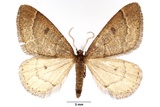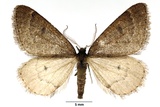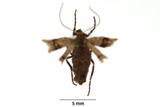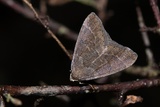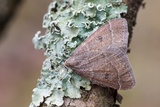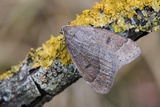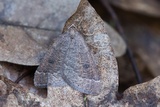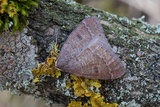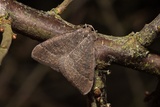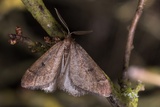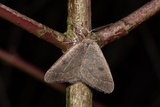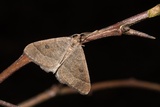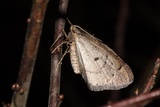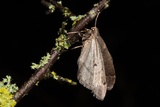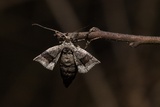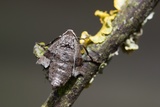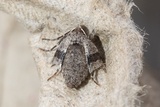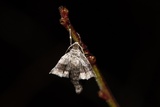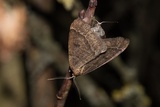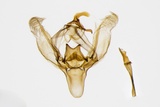Theria primaria (Haworth, 1809) Species
Last modified: May 7, 2024, 12:02 p.m.
A not so rare and widespread species in the southern part of Belgium. In the northern part of the country it is very rare with some scattered isolated populations.
This species is considered Endangered according to the IUCN Red List category for Flanders 2023.
Details
- Classification
- Family: Geometridae > Subfamily: Ennominae > Tribus: Theriini > Genus: Theria > Species: Theria primaria
- Vernacular names
- Meidoornspanner (NL), Early Moth (EN), La Phalène précoce (FR), Früher Schlehenbusch-Winterspanner (DE)
- First mention in Belgium
- Hecq J. 1979. Nouvelle espèce de Géometride pour la Belgique, Theria primaria Haw. — Lambillionea 79: 2. On page 2.
- Status
-
Native
Distribution
Imago
Wingspan, males have wings 27–35 mm., females are micropterous 7–8 mm.
Forewing male russet-tinged brown, finely streaked with lighter hue. Transverse lines and discal spot moderately visible, widely spaced at inner margin. Hindwing brownish white with distinct discal spot. General appearance rather dull.
Female with forewing stumps (about 3/5 lenght of abdomen) crossed by a rather broad brownish band on greyish brown background.
Egg
When fresh greenish color, later brownish.
Caterpillar
Usually found in May and June. Caterpillars are greenish white, dark green or dark brown in color. The green-white caterpillars have an unsigned form with only a number of white lines, of which the subdorsal are the most striking. The other two color forms have square dark spots on their backs. Cannot be distinguished from Theria rupicapraria with certainty.
Bionomics
Hibernates as a pupa in litter on the ground or underground.
The adults come to light.
Flight periods
The adults fly depending on mild conditions onwards from late December towards March and might be overlooked in some areas because of the early flight period. This species seems to fly a little earlier than Theria rupicapraria.
Observed on
- Host plant (species):
- Prunus spinosa
- Host plant (genera):
- Crataegus
The larva lives mainly on Prunus spinosa and on Crataegus.
